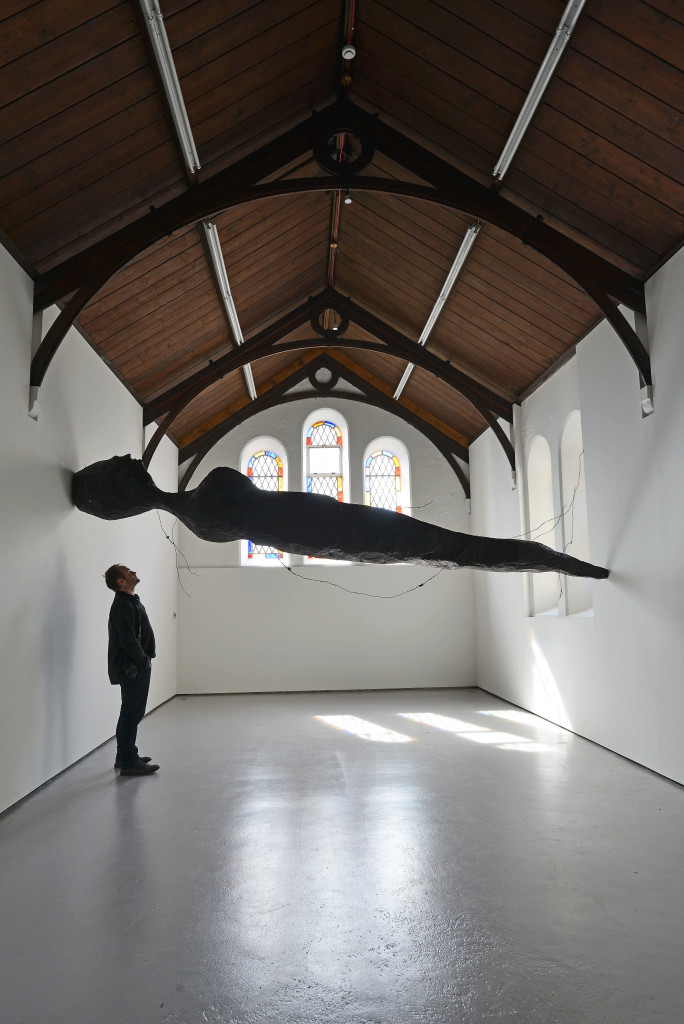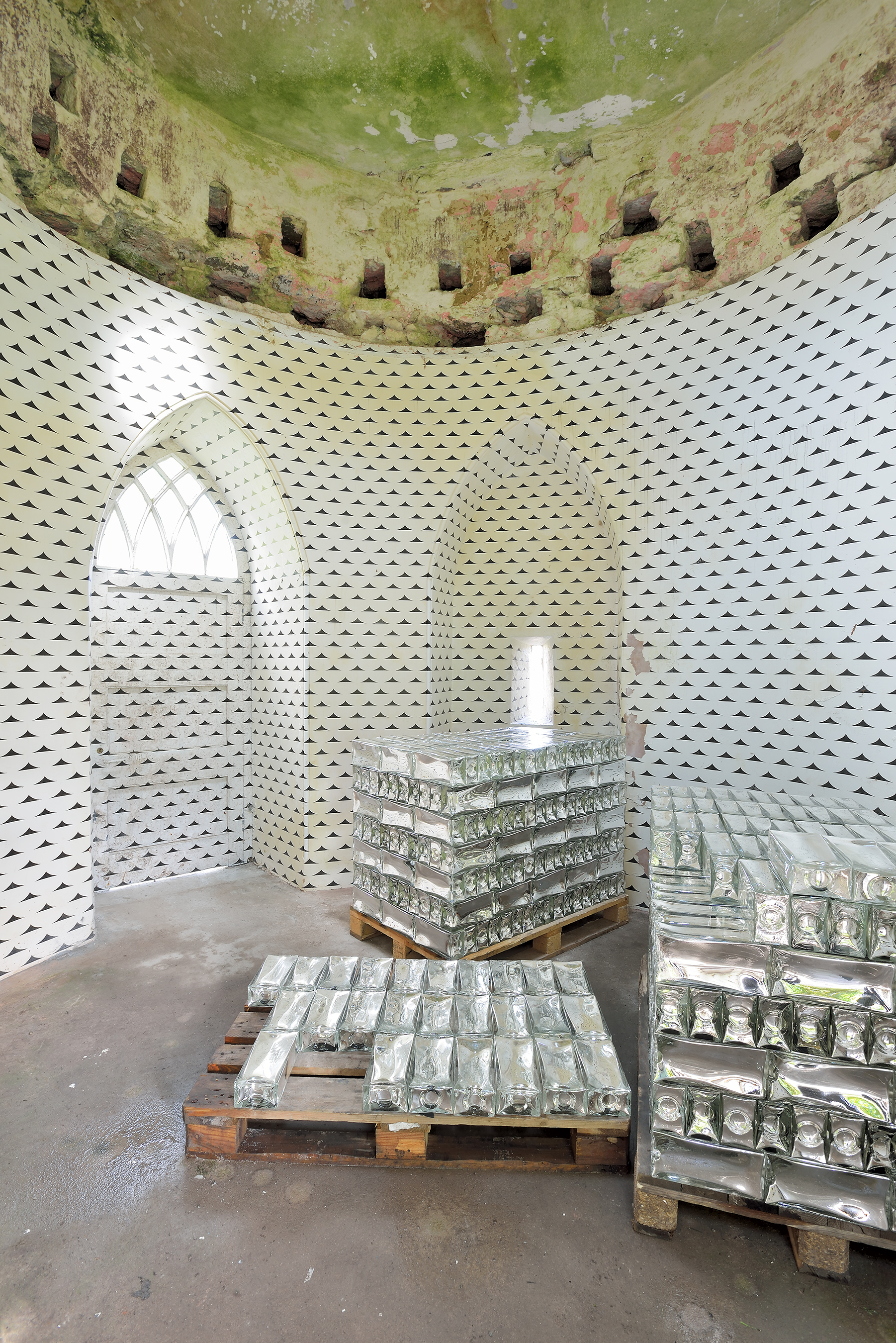‘A Weed is a Plant Out of Place’ and Enrico David’s ‘Autoparent’ both opened in Lismore Castle Arts on 2 April.
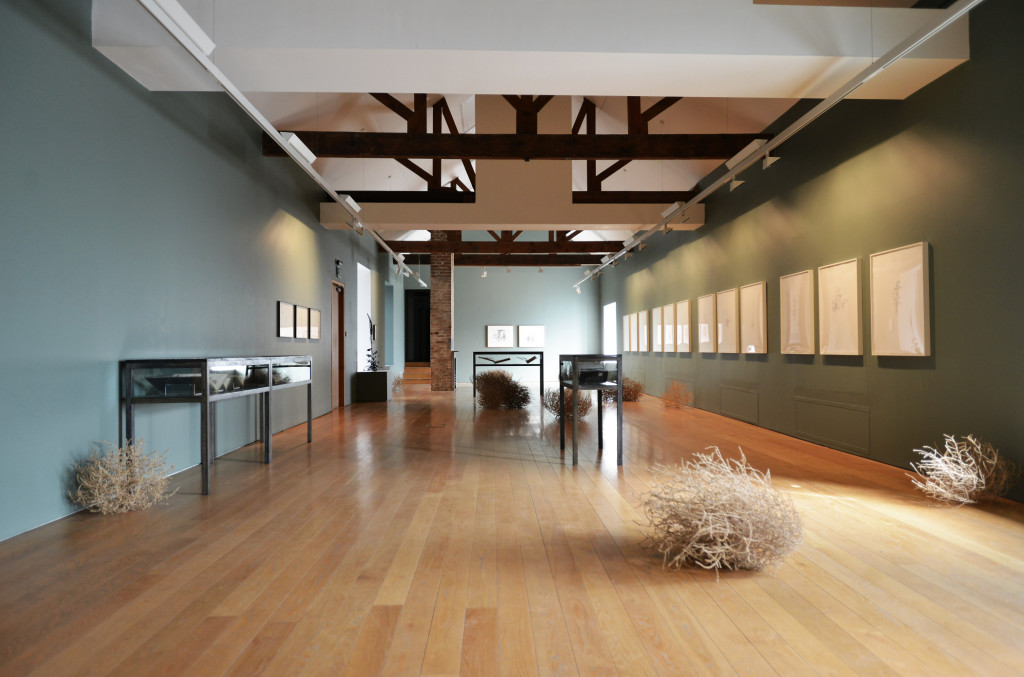
A Weed is a Plant Out of Place
Anna Atkins, Harry Callahan, Pierpaolo Campanini, Mat Collishaw, Dorothy Cross, Latifa Echakhch, Susan Hartnett, Michael Landy, Mateo Lopez, Maria Sibylla Merian, Adrian Paci, Luisa Rabbia, Jeanne Silverthorne, Philip Taaffe, Emma Tennant, Michael John Whelan and Pae White
Curated by Allegra Pesenti
Lismore Castle Arts, Lismore, Co. Waterford, Ireland
3 April – 30 September 2016
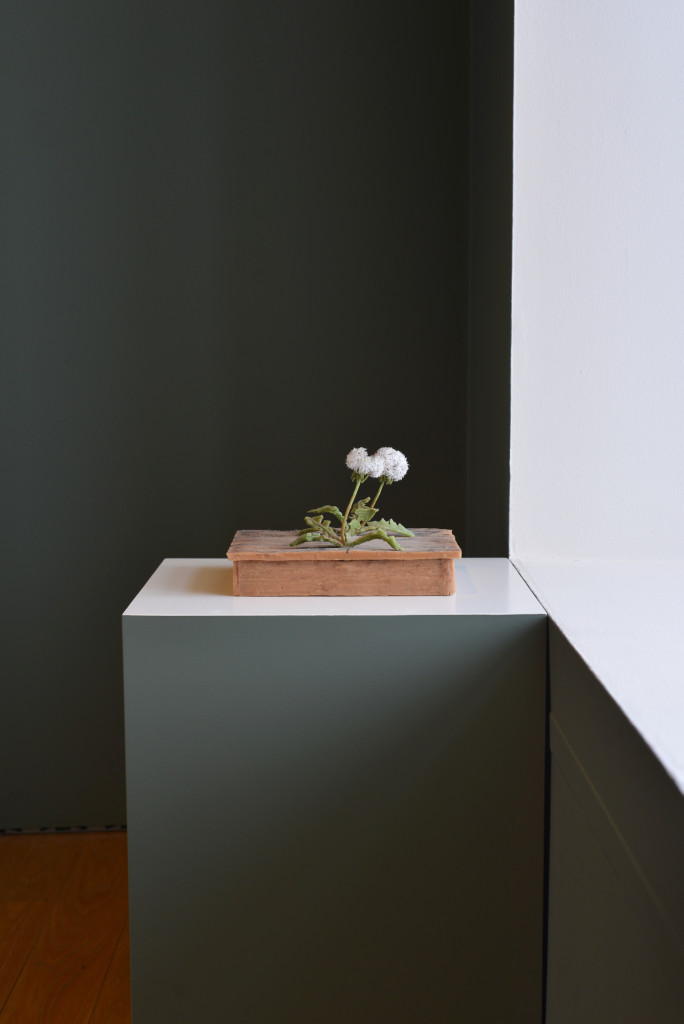
Weeds are about survival in alien territory. Some grow in harsh and uninhabitable territories where one might think there was not enough soil to support any form of life, such as roadsides, ruins, rubbish dumps, construction sites and through cracks in exposed walls. It has been said that “in the struggle for existence a bad weed is a prince.” They can be toxic, deep-rooted and stubbornly hard to get rid of and they often appear where they are not wanted such as cultivated sites and manicured gardens. Depending on their properties, their ingestion can be deadly or resuscitating, and they have for centuries been variably concocted for the creation of both poisons and medicinal potions. Weeds have been described in myths and literary texts since at least the first century AD, from Pliny the Elder’s Natural History, through to Shakespeare’s descriptions of plants and potions, and on to writers of today such as Richard Mabey who recently published a bestseller on the subject. They have also sparked the interest of visual artists over time, and inspired works such as Dürer’s famous drawing The Great Piece of Turf and Leonardo da Vinci’s detailed sketches of wild tufts of grass. Today more than ever, weeds are appearing in works of art in various forms and mediums.
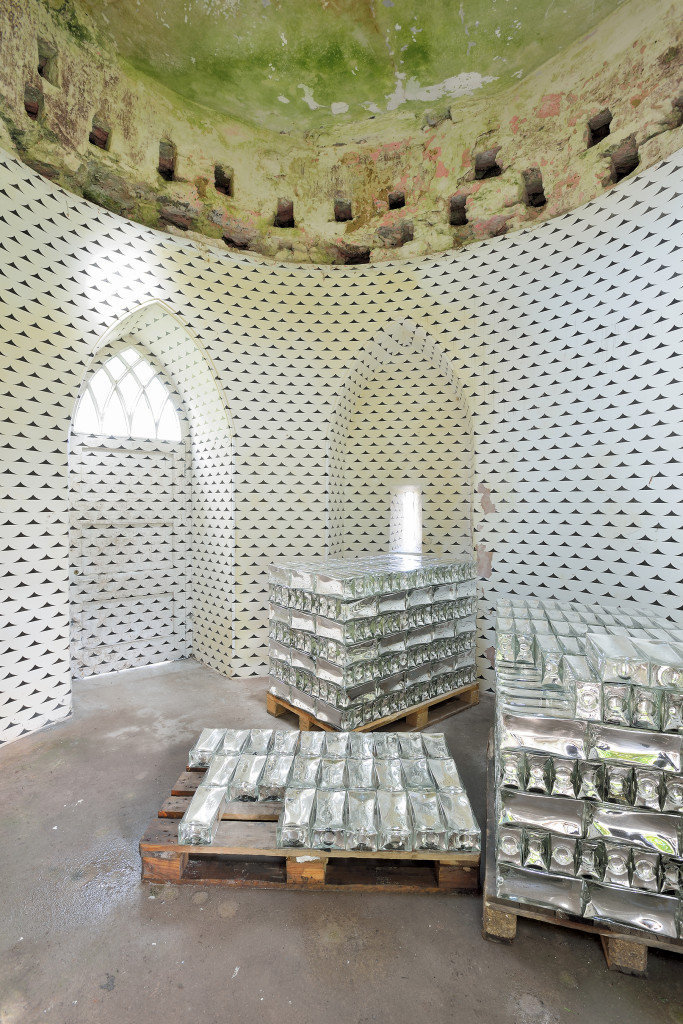
This exhibition explores the interpretation of weeds by contemporary artists within a socio-historical context. Elegant patterns of weeds and wildflowers in specimen books that date back to the eighteenth century belong to the fascinating intersection between science and art. Examples of these ancient manuscripts and collected specimens accompany the works of today in an eclectic but focused survey and a carefully orchestrated installation. The lush grounds and gardens of Lismore Castle are an integral and crucial part of the exhibition – Pae White’s work can be found in the Monkey Tower in the Lower Gardens, ‘weeding’ itself into place within Richard Wright’s slowing decaying mural from 2011. Nourishment, Michael Landy’s portfolio of twelve etched ‘portraits’ of weeds, was one of the primary incentives for A Weed is a Plant Out of Place, and it features in the gallery along with works by other contemporary artists. Vintage photographs by Anna Atkins and Harry Callahan are also included.
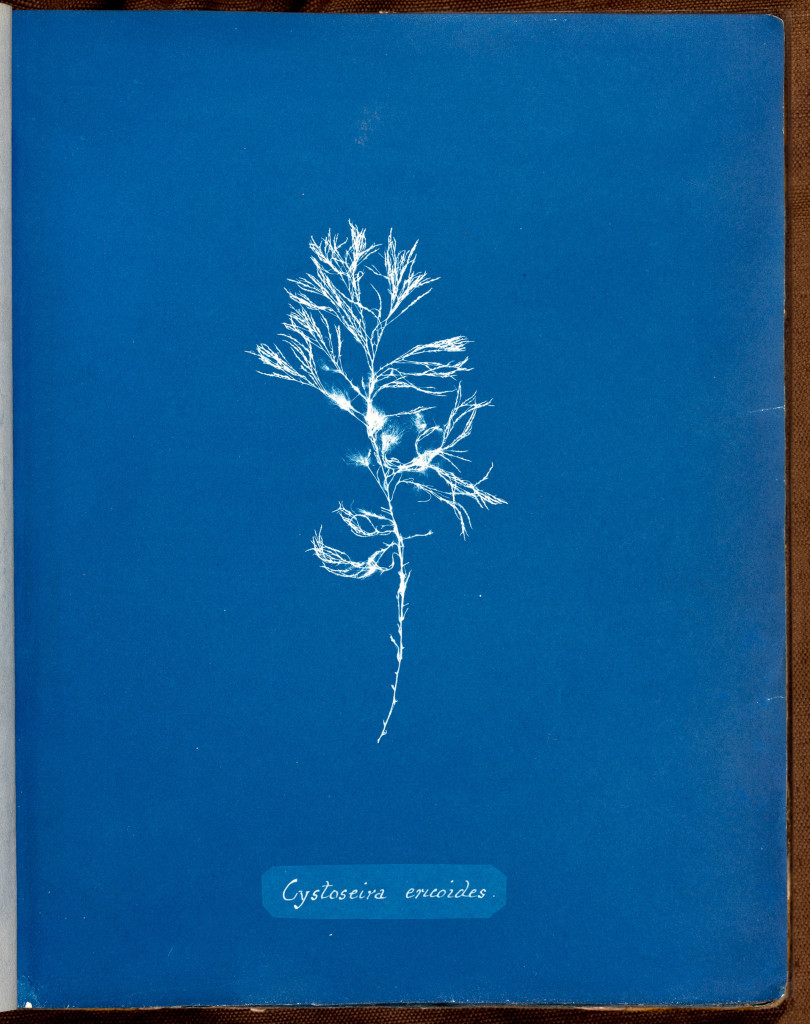
Enrico David: Autoparent
Lismore Castle Arts presents a new exhibition by Enrico David at St Carthage Hall. For this exhibition, the artist has created a site specific work – wedged between the side walls of the intimate St Carthage Hall venue, David has created a very special piece for Lismore. Its a very affecting piece – very simple, just above head height, there are no gallery lights, allowing the space to completely react to the elements outside. For the launch the weather was dark and wet, with the space plunged into a dim light. Most afternoons the space is flooded with sunlight through the stained glass windows, making for a contemplative environment. The exhibition continues until 3 July, open Fridays to Sundays 1-6pm.
